




When you buy new towels, it’s important to wash them before using them for the first time. This helps to remove any chemicals or residues from the manufacturing process, making them softer and more absorbent. If you have a front loader washing machine, there are a few key steps you should follow to ensure that your new towels are properly cleaned.
Step 1: Preparing the towels
Before washing your new towels, it’s a good idea to read the care instructions that come with them. This will give you important information about the best way to clean and care for your specific towels. Once you’ve done this, you can prepare the towels for washing.
First, separate light and dark-colored towels to prevent any dye transfer. Then, shake each towel out to remove any loose fibers or lint. Fold them neatly and place them in the washing machine.
Step 2: Choosing the right detergent
Choosing the right detergent is crucial when washing new towels. Look for a mild detergent that is free from harsh chemicals and additives. Avoid using fabric softeners or bleach, as these can be damaging to the fabric and reduce absorbency.
You can also add a cup of white vinegar to the wash cycle. This helps to remove any lingering odors and residue, leaving your towels fresh and clean.
Step 3: Selecting the right wash cycle
When using a front loader washing machine, it’s important to select the right wash cycle for your towels. Opt for a gentle or delicate cycle, as this will help to minimize wear and tear on the fabric.
Make sure to also set the water temperature according to the care instructions. Most towels can be washed in warm water, but some may require a cold water wash to prevent shrinking or color fading.
Remember to avoid overloading the washing machine, as this can result in poor cleaning and excessive wrinkling.
Step 4: Drying the towels
After washing, it’s important to dry your towels properly to maintain their softness and absorbency. If possible, hang them outside to air dry. The sunlight and fresh air can help to naturally fluff up the fibers and prevent any musty smells.
If outdoor drying is not possible, you can use a dryer. Set it to a low or medium heat setting to prevent any damage to the fabric. Toss in a couple of tennis balls or dryer balls to help fluff up the towels and reduce drying time.
By following these steps, you can ensure that your new towels are properly washed and ready to provide you with the ultimate in comfort and absorbency.
Step-by-Step Guide to Washing New Towels in a Front Loader
When you purchase new towels, it’s important to properly wash them before using them to remove any manufacturing residue and ensure maximum absorbency. If you have a front loader washing machine, follow these steps to wash your new towels:
- Read the care instructions: Before washing your new towels, check the care instructions on the label or packaging. This will help you determine the appropriate water temperature, detergent, and cycle settings.
- Pre-wash the towels: To get rid of any excess dye or chemicals, pre-wash your new towels. Place them in the washing machine without any detergent and wash them on a gentle cycle with cold water. This step will help prevent color bleeding and improve the overall lifespan of your towels.
- Select the right temperature: Based on the care instructions, choose the appropriate water temperature for washing your towels. Hot water is ideal for white towels and heavily soiled items, while cold or warm water is suitable for colored towels to prevent fading.
- Choose a suitable detergent: Use a mild detergent that is specifically designed for washing towels. Avoid using fabric softeners as they can affect the absorbency of the towels over time. If desired, add a small amount of vinegar to the wash cycle to help remove any buildup and maintain the softness of the towels.
- Load the towels correctly: Place the towels loosely in the washing machine drum. Overloading the machine can prevent proper agitation and rinsing, resulting in less effective cleaning.
- Select an appropriate cycle: Choose a cycle that is suitable for towels, such as a normal or heavy-duty cycle. Avoid using delicate or quick wash cycles, as they may not provide sufficient cleaning and rinsing.
- Adjust the spin speed: Lower the spin speed if possible to prevent excessive wear on the towels and reduce the risk of them getting tangled.
- Extra rinse: Consider selecting an extra rinse cycle to ensure all detergent residues are removed from the towels. This will help maintain their softness and prevent skin irritation.
- Drying the towels: Once the washing cycle is complete, remove the towels from the machine promptly to prevent wrinkling. Shake out each towel to fluff them up and either air dry them or tumble dry on a low heat setting. Avoid using high heat as it can cause shrinkage and damage the fabric fibers.
- Enjoy your clean towels: Once the towels are completely dry, they are ready to use. Enjoy the softness and absorbency of your freshly washed towels!
By following this step-by-step guide, you can ensure that your new towels are properly cleaned, maintain their quality, and provide maximum comfort and functionality.
Preparing Your Towels for the First Wash
Step 1: Read the Care Label
Before washing your new towels, it is important to read and understand the care instructions provided on the label. This will ensure that you follow the correct washing and drying guidelines to maintain the quality and longevity of your towels.
Step 2: Remove Packaging and Labels
Take off any packaging materials, such as plastic wrapping or cardboard tags, from your new towels. Make sure to remove any labels or stickers as well.
Step 3: Sort Your Towels
Separate your towels based on their colors. It is recommended to wash white towels separately from colored ones to prevent color bleeding and maintain the brightness of the white towels.
Step 4: Pre-Treat Stains (if applicable)
If you notice any stains on your new towels, it is important to pre-treat them before washing. Use a stain remover or a mixture of water and mild detergent to gently rub the stains. Allow the pre-treatment to sit for a few minutes before proceeding to wash.
Step 5: Shake Out Excess Lint
Gently shake each towel to remove any loose lint or fibers. This will help prevent the lint from transferring onto other items in the washer or dryer.
Step 6: Set the Washer
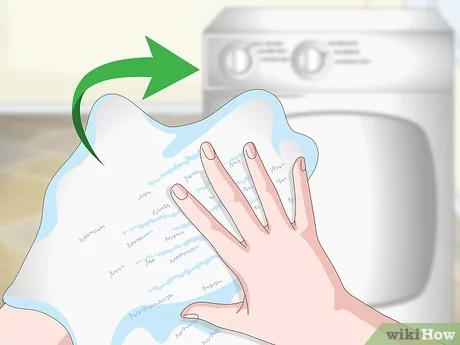
Set your front loader washing machine to the appropriate settings based on the care label instructions. Use a gentle or delicate cycle along with a mild detergent to ensure the best care for your new towels.
Step 7: Load the Washer
Place the towels in the washing machine, making sure not to overload the machine. Leave enough space for the water, detergent, and agitation to properly clean the towels.
Step 8: Add Detergent
Add the recommended amount of mild detergent to the detergent dispenser or directly to the wash drum. Avoid using too much detergent, as this can lead to residue buildup on your towels.
Step 9: Start the Wash Cycle
Close the washer lid or door, and start the wash cycle. Allow the machine to complete the full cycle for the best cleaning results.
Step 10: Remove Towels from the Washer
Once the cycle is complete, remove your towels from the washing machine promptly. Leaving the towels sitting in the washer can result in musty odors and potential damage to the fabric.
Step 11: Check for Residue or Stains
Inspect your towels for any remaining residue or stains. If you notice any, repeat the pre-treatment process and wash again until the towels are clean.
Step 12: Shake Out Excess Moisture
Gently shake each towel to remove any excess moisture. This will help reduce drying time and prevent a musty odor from developing.
Step 13: Hang or Fold Towels for Drying
Decide whether you want to hang your towels to air dry or choose to fold them for machine drying. Hanging your towels can help prevent wrinkles, while folding allows for easier storage.
Step 14: Follow Care Label Drying Instructions
If you opt for machine drying, make sure to follow the care label instructions regarding the appropriate heat setting and dryer cycle. Over-drying can lead to stiffness or shrinkage of the towels.
Step 15: Enjoy Your Clean, Fluffy Towels!
Once your towels are dry, they are ready to be used. Enjoy the softness and absorbency of your freshly washed towels!
Sorting Your Towels by Color and Fabric
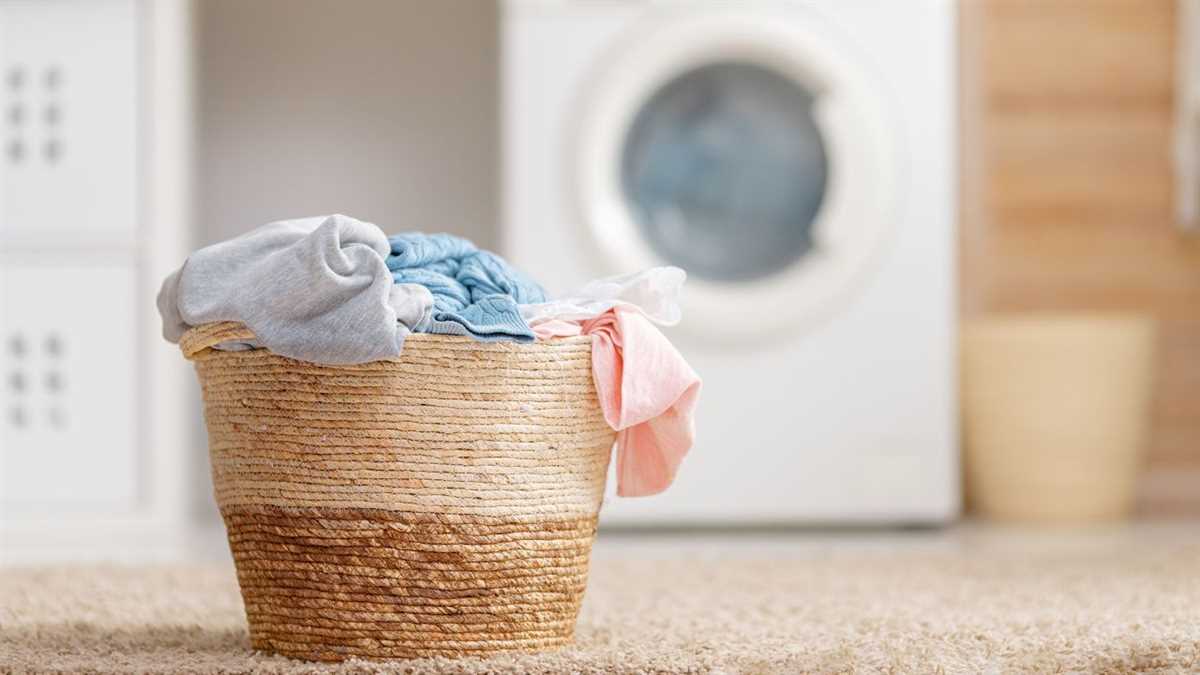
When it comes to washing new towels in a front loader, it is important to sort them properly in order to preserve their quality and prevent any damage. Sorting your towels by color and fabric is a crucial step that will help you achieve the best results.
Color sorting
- Separate your towels into different piles based on their colors. This will prevent any bleeding or color transfer during the washing process.
- Wash white towels separately from colored towels to avoid any potential discoloration.
- If you have towels with dark colors, such as black or navy blue, it is recommended to wash them separately or with other dark-colored items to prevent any color bleeding.
Fabric sorting
Sorting your towels by fabric is another important aspect to consider when washing them in a front loader. Different fabrics have different care requirements, and washing them together may result in damage or decreased longevity.
| Fabric Type | Sorting Recommendation |
|---|---|
| 100% Cotton | Wash cotton towels together, separating them from other fabrics, as they have similar care requirements. |
| Microfiber | Wash microfiber towels separately from cotton towels to prevent lint transfer. |
| Blend of Cotton and Synthetic Fibers | Separate these towels from other fabrics, as they may require different washing and drying settings. |
By sorting your towels by color and fabric, you can ensure that they stay in the best condition possible and maintain their appearance and functionality over time. Always consult the care labels on your towels for specific washing instructions and guidelines.
Choosing the Right Detergent for Your Towels
When it comes to washing your new towels in a front loader, choosing the right detergent is essential. The type of detergent you use can greatly affect the cleanliness and lifespan of your towels. Here are some factors to consider when selecting a detergent:
1. Gentle Formulation
Opt for a gentle detergent that is specifically designed for delicate fabrics. This will help to preserve the softness and absorbency of your towels without causing any damage or fading.
2. Free of Harsh Chemicals
Avoid detergents that contain harsh chemicals, such as bleach or fabric softeners. These can strip away the natural oils in the towels and reduce their absorption capabilities. Look for detergents that are free of dyes, fragrances, and optical brighteners to keep your towels in top condition.
3. Suitable for Front Loaders
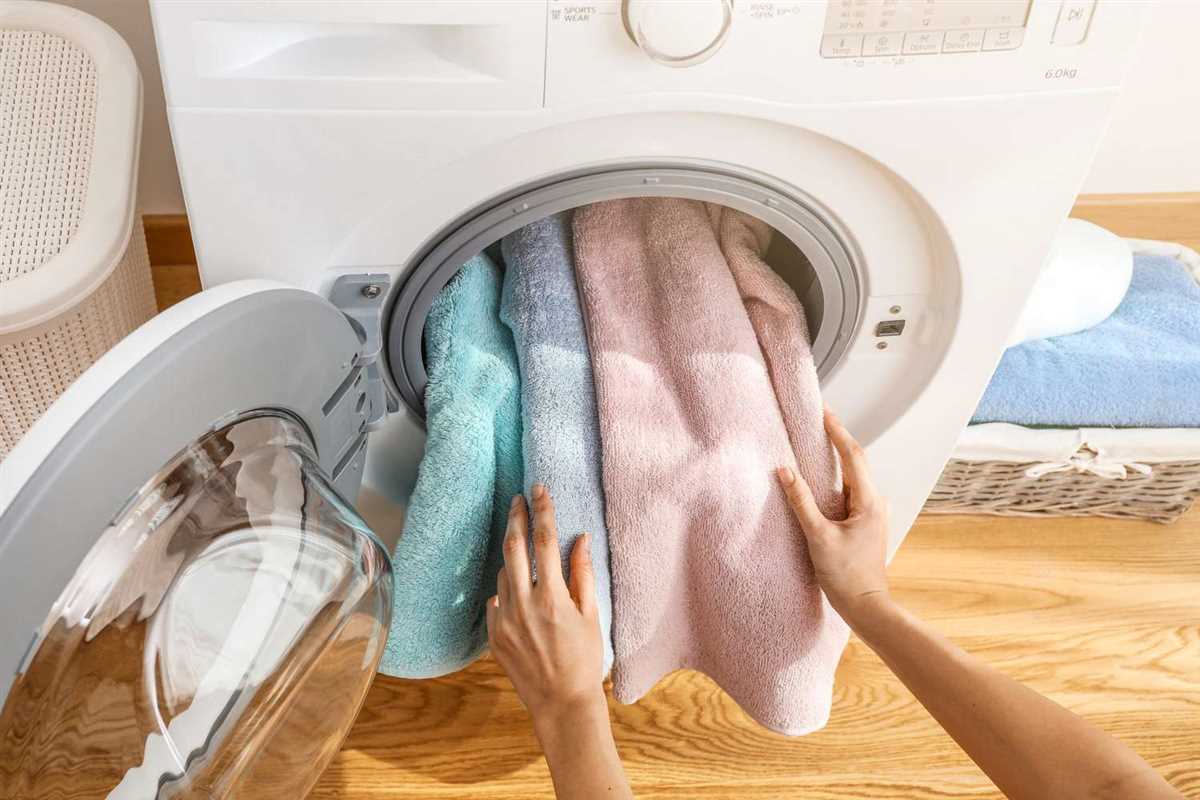
Ensure that the detergent you choose is suitable for front loaders. Some detergents may produce excessive suds in a front loader, which can interfere with the washing process and affect the cleaning efficiency. Look for detergents that are labeled as compatible with front loaders.
4. Environmentally Friendly Options
If you’re environmentally conscious, consider using eco-friendly detergents. These detergents are formulated with biodegradable ingredients and are better for the environment. Look for detergents that have certifications, such as the EPA’s Safer Choice or the EU Ecolabel, to ensure they meet the necessary environmental standards.
5. HE Detergent
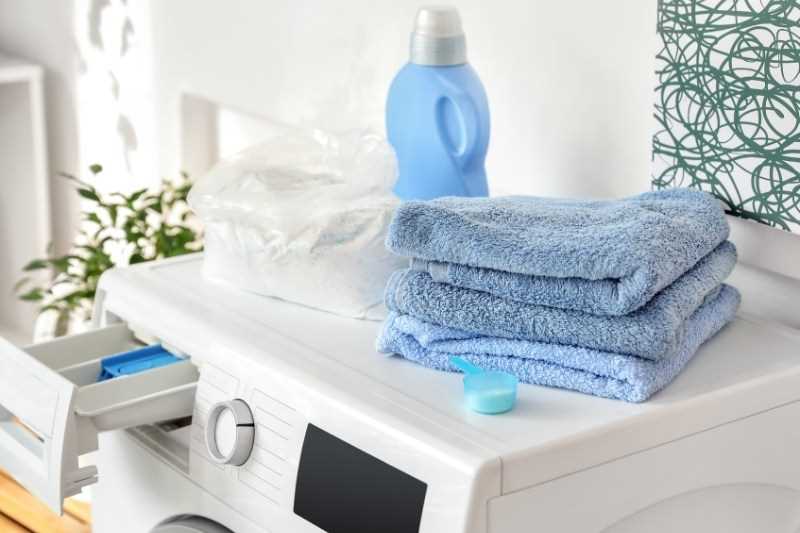
Front loaders require high-efficiency (HE) detergents. These detergents are designed to produce less suds and are more concentrated, ensuring effective cleaning while using less water. Using regular detergent in a front loader can lead to excessive suds and poor cleaning results. Always check for the HE symbol on the detergent packaging to ensure compatibility.
By considering these factors and choosing the right detergent for your new towels, you can ensure that they remain soft, absorbent, and in excellent condition for years to come.
Setting the Right Water Temperature and Cycle
When washing new towels in a front loader, it is important to set the right water temperature and cycle to ensure their longevity and maintain their softness. Here are some tips to follow:
1. Check the Care Label
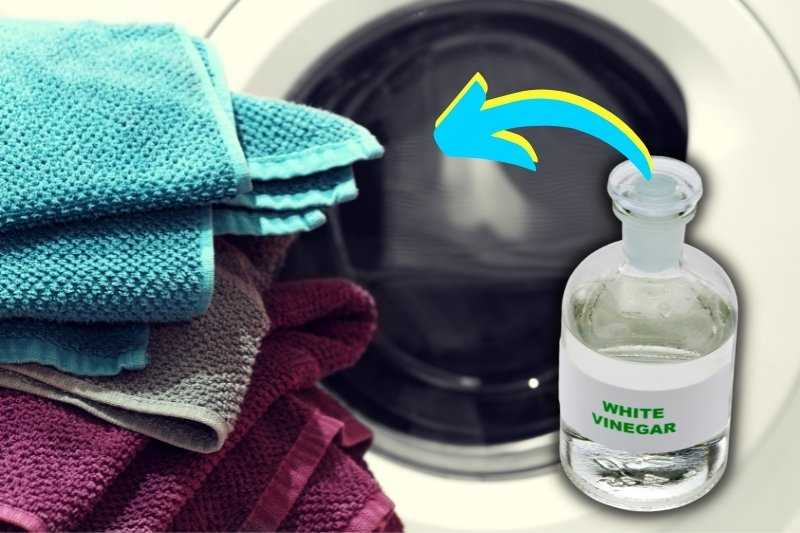
Before deciding on the water temperature and cycle, always check the care label instructions provided by the towel manufacturer. Some towels may require specific washing conditions, which should be followed to prevent any damage.
2. Select Warm or Cool Water
In general, it is recommended to use warm or cool water for washing new towels. Hot water can cause the towels to shrink and lose their softness over time. Warm water (around 40-60°C) is ideal for removing dirt and stains, while cool water (around 20-30°C) is suitable for more delicate towels or those with vibrant colors.
3. Choose a Gentle or Delicate Cycle
To preserve the softness and quality of new towels, opt for a gentle or delicate cycle on your front loader. These cycles are designed to be less agitating on the fabric and reduce excessive friction, helping to prevent the towels from becoming rough or worn out prematurely.
4. Avoid Overloading the Machine
Make sure not to overload your front loader when washing new towels. Overcrowding the machine can hinder proper agitation and rinsing, resulting in an uneven distribution of detergent and potentially leading to inadequate cleaning. It is best to follow the manufacturer’s guidelines for load capacity.
5. Use a Mild Detergent
When washing new towels, choose a mild detergent that is free from harsh chemicals and additives. Harsh detergents can break down the fibers of the towels and affect their softness. Additionally, consider using half the recommended amount of detergent to prevent build-up and residue.
By setting the right water temperature and cycle, you can ensure that your new towels are properly cleaned without compromising their quality and plushness. Following these guidelines will help you enjoy fluffy and absorbent towels for a long time.
Properly Drying and Folding Your Newly Washed Towels
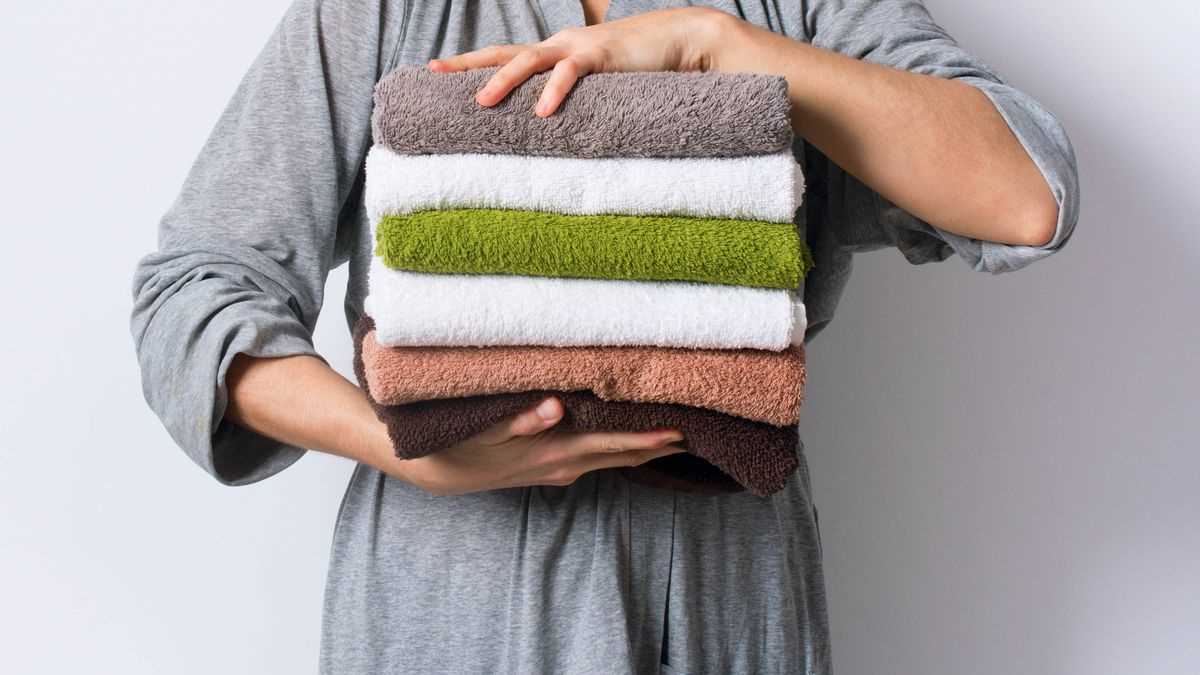
Once you have finished washing your new towels in a front loader, it’s important to properly dry and fold them to maintain their quality and prolong their lifespan. Follow these steps to ensure your towels come out fresh, soft, and ready for use.
Step 1: Shake out the towels
Before drying your towels, give them a good shake to remove any excess water and fluff them up. This will help them dry more quickly and evenly.
Step 2: Choose the right drying method
When it comes to drying your towels, there are a few options to choose from:
- Tumble dry: If you prefer a soft and fluffy towel, tumble drying is the way to go. Make sure to set the dryer to a medium or low heat setting to avoid damaging the fabric.
- Air dry: For a more eco-friendly approach, you can air dry your towels. Hang them on a clothesline or drying rack in a well-ventilated area. This method may take longer, but it helps to preserve the fabric and color.
- Dryer and air dry combination: If you’re short on time or want to speed up the drying process, you can partially dry the towels in the dryer and then finish them off by air drying. This helps to minimize wrinkles and maintain the softness of the towels.
Step 3: Avoid over-drying
Whichever drying method you choose, it’s important to avoid over-drying your towels. Over-drying can lead to a rough texture and cause the towels to lose their absorbency. Keep a close eye on the drying process and remove the towels from the dryer or drying rack as soon as they are dry to the touch.
Step 4: Fold the towels neatly
Once your towels are completely dry, it’s time to fold them neatly for storage or use. Follow these steps for a professional-looking fold:
- Lay the towel flat on a surface.
- Fold the towel in half lengthwise, bringing one shorter end to meet the other.
- Then fold the towel in half widthwise, bringing one longer side to meet the other.
- Repeat the previous step if your towel is large or if you prefer a smaller size.
- Finally, fold the towel in thirds or quarters, depending on your preference and storage space.
Step 5: Store your towels properly
Store your folded towels in a cool, dry place to keep them fresh and protect them from moisture. Avoid overcrowding the storage area to prevent the towels from becoming wrinkled or misshapen.
By following these steps, you can ensure that your newly washed towels are properly dried and folded, ready for you to enjoy their softness and absorbency with each use.
FAQ
What is the best way to wash new towels in a front loader?
The best way to wash new towels in a front loader is to first separate them from other clothing items and wash them on their own using a gentle cycle. Use a mild detergent and avoid using fabric softener, as it can make the towels less absorbent.
Should I wash new towels before using them?
Yes, it is recommended to wash new towels before using them. Washing helps to remove any chemicals, excess dyes, and lint that may be present in new towels. It also makes them softer and more absorbent.
Can I wash new towels with other clothing items?
It is best to wash new towels separately from other clothing items, especially those prone to shedding lint, such as dark-colored garments or items made of fleece. Washing them separately helps to prevent lint transfer and maintain the towels’ color and quality.
What temperature should I use to wash new towels?
For new towels, it is recommended to wash them in warm water. This temperature helps to effectively remove any dirt or chemicals from the towels while still preserving their color and quality. Avoid using hot water, as it can cause the towels to shrink or fade.
Should I use fabric softener when washing new towels?
No, it is best to avoid using fabric softener when washing new towels. Fabric softeners can leave a residue on the towels, which can make them less absorbent over time. Instead, use a small amount of mild detergent to ensure the towels remain soft and absorbent.
What is the best way to wash new towels in a front loader?
The best way to wash new towels in a front loader is to pre-wash them separately before use. This helps remove any excess dye or chemicals that might be present in the fabric. After pre-washing, you can wash the towels with similar colors and fabrics in a regular cycle using a mild detergent.












